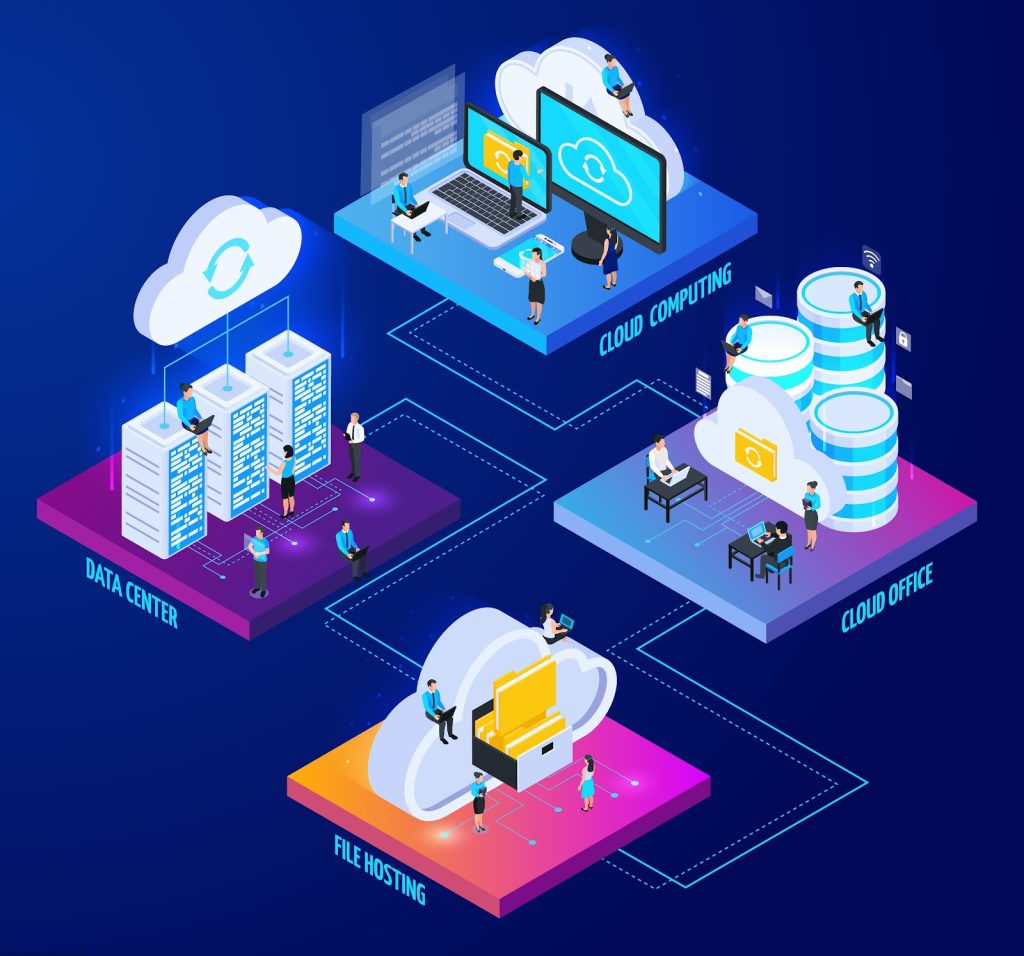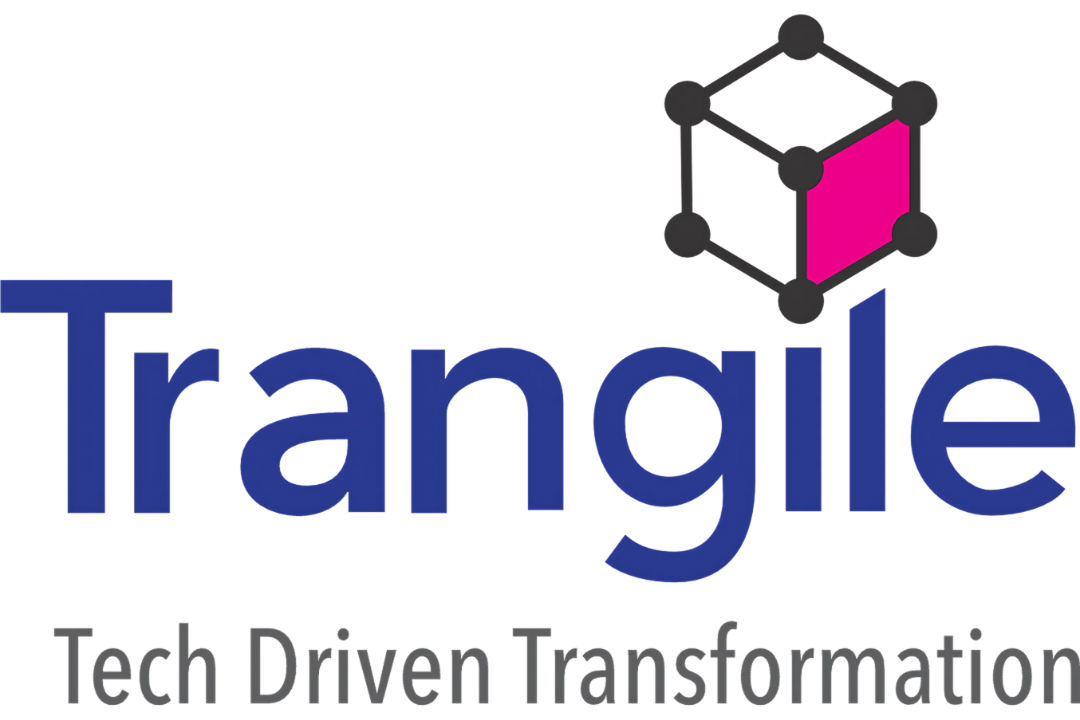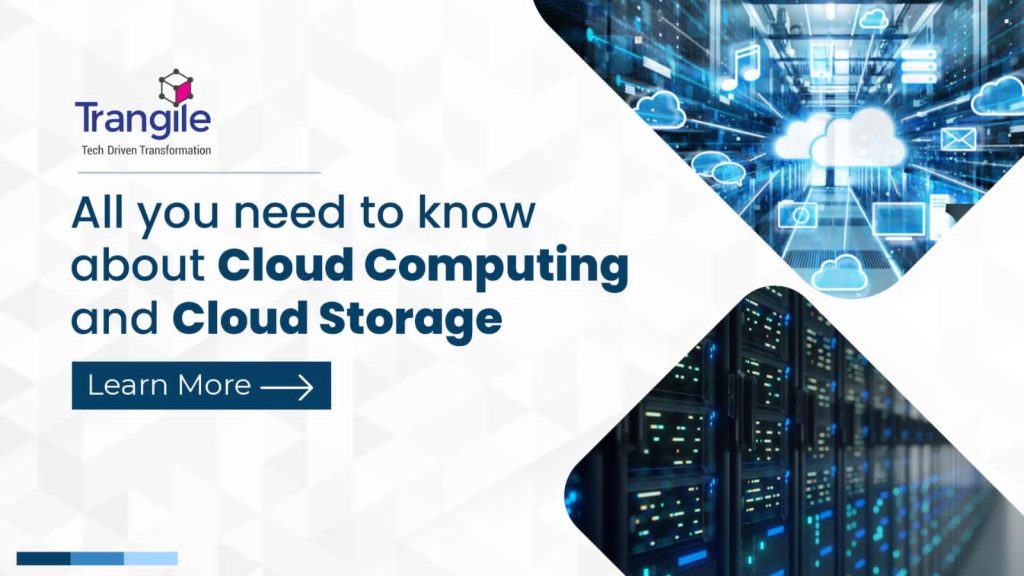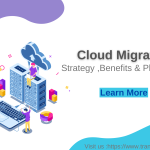To what extent do cloud computing and cloud storage vary from one another? The short answer is that “cloud computing” refers to the execution of tasks, such as using software, through the internet and that “cloud storage” refers to the retention of information on remote servers for online access. In case you’re curious, we’re delving further to explain how cloud computing differs from cloud storage and the many scenarios in which both might be useful.

One easy method to differentiate between cloud computing and cloud storage is to think of it this way:
Computing in the cloud equals processing, and cloud storage equals data.
When comparing cloud services, it’s important to distinguish between cloud computing and cloud storage.
The term “Cloud” has become shorthand for various online services and resources that may benefit everyone. Cloud computing and cloud storage are two such choices. Each has value for companies when properly executed, but each cannot do so without the other.
While cloud storage may exist independently of cloud computing, online processing is required to retrieve cloud-stored data through the internet. It’s the same with cloud computing; applications require a place to live, and cloud storage is an essential component.
Let’s look at some real-world applications of cloud computing and cloud storage to grasp the connection between them better.
Why Should You Use Cloud Storage?

The term “cloud storage” refers to any remote data and file storage method, including backups. This solution’s primary advantage is that it safeguards data and makes it accessible in the event of a calamity, such as the destruction of a firm by fire. Data is not saved locally on workers’ devices but a remote server.
Among the many advantages are:
- Enhanced Availability
- Enhanced Cooperation
- Stronger Protection
- Enhanced Capabilities for Disaster Recovery and Data Backup
- Enhanced Quickness
What’s Good About Cloud Computing
To conduct a computational task or operate an application in the cloud, you need access to the internet. Therefore, moving a significant percentage of an organization’s IT needs to a cloud-based infrastructure has several advantages.
Benefits of Cloud Computing:
- You don’t need any specialized equipment to get started.
- Accessibility to data and software from any location and on any device.
- Since the upgrades, updates, and patches only need to be applied to the virtual server and not to each employee’s computer and device, the rollout process is quick, straightforward, and uncomplicated.
- The Possibilities of Movement Are Greater
- Scalability Improvements
- Migration Paths to the Cloud
Moving Data Or Applications To The Cloud?
Cloud migration refers to migrating data and processes to the cloud. An Adobe Cloud subscription provides access to both cloud-based software and storage (cloud storage). This is an example of the Software-as-a-Service paradigm, although there are various pathways to the cloud.
- Regional Networks (VPNs)
- Virtual Desktop Hosting
- Localized Server Farms
- Software-as-a-Service
- Infrastructure-as-a-Service
- Hosting Applications
- Data Storage and Backup Service in the Cloud
- Assisting with the Hosting of Websites
- Web Hosting for Online Stores
Solutions for Moving to the Cloud
For most office personnel, when we speak about cloud computing, we are talking about adopting solutions so you can perform your job from anywhere and save money. Your possibilities here include Software-as-a-Service, Desktop Virtualization, and application hosting.
Google Docs is a SaaS that exemplifies the concept. Everything, including the app and data, is hosted by Google. Rather, think of it as an online version of Microsoft Word. Using a remote connection, you may access the program just as if it had been installed on your computer’s hard drive.
Through the usage of a remote server, users’ whole desktop environments may be hosted virtually; all require an internet connection. It’s easy to see an extremely lengthy connection running from your display to the faraway place where it connects to your computer across stateliness. Desktop hosting works like this, providing a frictionless experience while being safe. With virtual desktop hosting, you may link all of your numerous clouds, from SaaS to application hosting.
Options for Moving Data to the Cloud
Consumers have the most incredible experience with public cloud storage. Cloud computing services such as AWS, Azure, GCP, and iCloud are included. Cloud services are used for various purposes, including data storage, hosting front- and back-office applications, and archiving SaaS native solutions.
An outside company is responsible for the architecture, maintenance, and monitoring of your cloud-based data and applications with managed cloud hosting services. This is a safe way to store confidential company data like financial records or trade secrets. In addition, dedicated hosting allows enterprises to swiftly create a cloud solution for more mobility and tighter control of data and systems.
Connections between internal data centers are still commonplace and may be established using technologies like remote desktops and virtual private networks. However, given the volume of data enterprises produce today, they are seldom the only storage a firm possesses. Organizations want a partner firm dedicated to cloud architecture to help them stay up. Your data might be gone forever if you don’t save a copy of it somewhere else.
When is the use of hosted virtual desktops appropriate?
The user’s whole desktop environment may be stored and run from a distant server with the help of virtual desktop technology. This hosting solution is administered in the cloud and combines cloud computing and storage advantages. Examples of what you may get by using a hosted virtual desktop service are:
- Minimized Costs of Server Upkeep and Administration
- Accessibility and Portability Are Increased
- Increased Security and Supervision
- Support for Existing Software Contained
- Greater Efficiency Across All Platforms
- Always-On Mirrors
Virtual desktop hosting solutions should be able to provide access to a wide range of software.
The Final Thoughts
The distinction between cloud computing and cloud storage should be clear. Cloud storage is for storing data and running operations. They complement one another and are necessary in today’s fast-paced technological world. For enterprises and individuals, cloud use encompasses both storage and computing.
Trangile has helped a wide range of customers by providing friendly and time-saving cloud solutions. Are you ready to take advantage of the cloud’s best aspects? Get started with Trangile right now.We’re here to help. Get in Touch with Us














